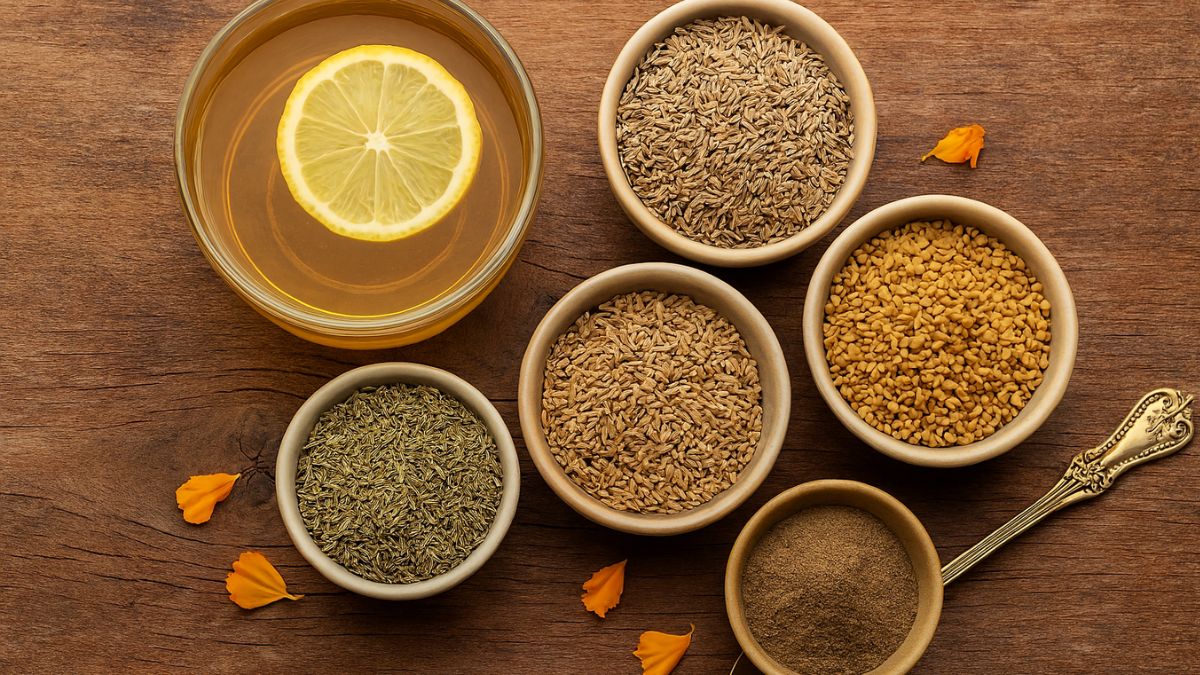Picture credits: ThinkstockInhabitants of forests in Bossou, south-eastern Guinea, enjoy rich, alcoholic brew fermented from sugary sap.The boozing starts from 7am. Though large amounts are often drunk, the sessions are orderly, even sociable. A skinful later, and always before nightfall, enough is enough and they rest.
They are the chimpanzees of Bossou, south-eastern Guinea, and their secret is finally out. With 17 years of evidence in hand, scientists have declared the troop the first wild chimpanzees to indulge in regular, habitual drinking.
The west African chimps were observed in their natural forest habitat from 1995 to 2012. The action, captured on video, centred around raffia palms. Local communities harvest sugary sap from the trees, which ferments into a rich, alcoholic brew in hours.
To extract the sweet, white sap, tappers cut a wedge in the tree and suspend a container beneath. They leave it there to fill and lay leaves over the top to keep the bugs out. In a few weeks, a single tree can yield 50 litres of sap.
But the chimps have cottoned on. In a study published on Wednesday, scientists report 51 incidents of the chimps raiding the palm sap containers. The apes found a big leaf – often one covering the container – and chewed it to form an absorbent sponge or a folded scoop. They then plunged this into the sap, pulled it out and drank.
And drank some more. In their analysis, reported in Royal Society Open Science, the researchers observed the chimps necking on average a litre of fermented sap each time. One male, named Foaf, was a regular, appearing in 14 of the 51 sessions. He was an outlier though. Of the 26 apes observed, 13 were apparently teetotal.
Separate tests on raffia pam sap found that the alcohol content of the drink varied through the day, as the sugars increasing fermented to alcohol. On average, the liquid contained 3.1% alcohol by volume (ABV), the same as a pint of Bass mild. The most potent sap came in at 6.9% ABV, the same as Brooklyn East India Pale Ale.
Male and female chimps were equally keen on the drink, but apes varied individually in how much the imbibed. At one event, the scientists estimate that the amount of alcohol ingested reached 85 millilitres, the equivalent of about three pints of Stella Artois.
Kimberley Hockings, an author of the study at Oxford Brookes University, said they could not be sure if the chimps got drunk, but said the amounts they consumed were enough to “elicit behavioural changes in humans.” On one occasion, an adult male seemed restless after a session and while his companions made for their nests, spent the next hour swinging from tree to tree “in an agitated manner.”
The all-too-human behaviour adds weight to the “drunken monkey hypothesis”, which states that natural selection favoured primates with a taste for alcohol, because it stimulated the appetite, helped them hunt for fruit and so boosted calorific intake. About 10 million years ago, our ancestors – and those of apes – gained a genetic mutation that improved 40-fold our ability to break down ethanol. Without it, consuming large amounts would be even more dangerous.
The chimps of Bossou are not the first to be caught partaking of the fermented sap. In 2008, scientists in the US reported chronic drinking in wild treeshrews. “It is yet unclear to what extent treeshrews benefit from ingested alcohol per se, and how they mitigate the risk of continuous high blood alcohol concentrations,” the authors wrote. Other primates have found bolder ways to get their drink. In St Kitts, in the Caribbean, green monkeys steal tourists’ cocktails.
Mareile Flitsch, director of the Ethnographic Museum of the University of Zürich, and author of the 2015 exploration of alcohol-based customs, Drinking Skills, said the challenge with palm sap wine was drinking it before it fermented too much and turned into vinegar. “It’s very nice when it’s fresh. It tastes like cider,” she said.










